Ongoing projects
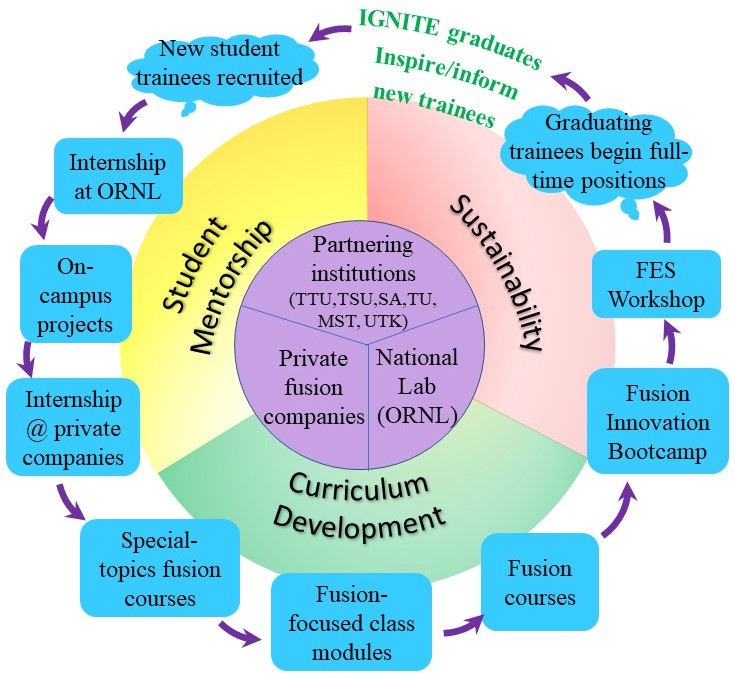
IGNITE Fusion Energy
The rapid advancements in fusion energy research underlines an urgent need for a strong workforce capable of driving future fusion engineering and technology developments. This project aims to leverage the collective strengths of academic institutions, the Oak Ridge National Laboratory, and private fusion companies to create workforce training initiatives and enhance curriculum development, thereby preparing a new generation of researchers for careers in fusion engineering and technology.
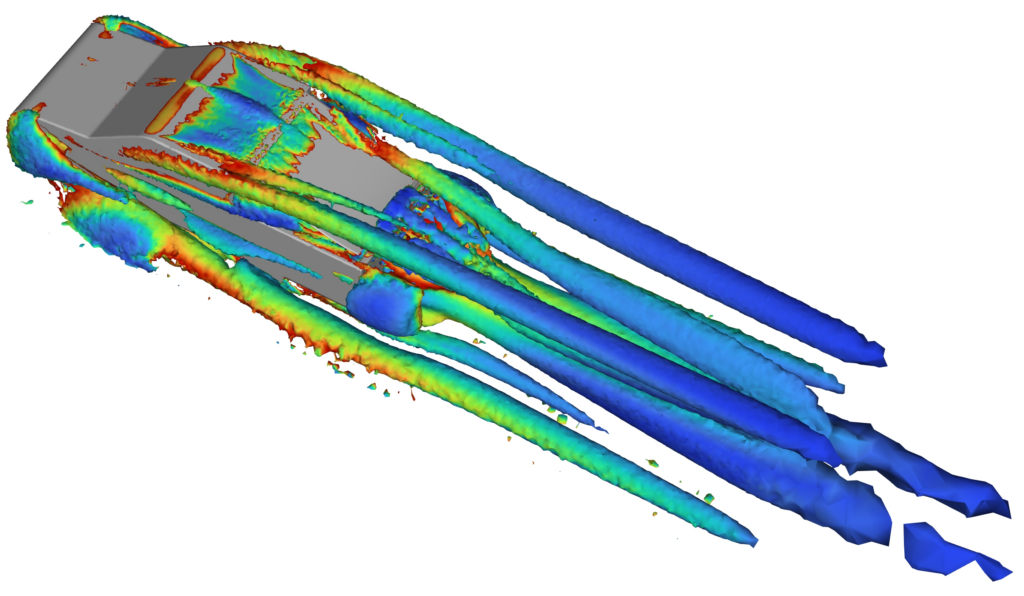
Morphing vehicles with enhanced aerodynamic performance
Road vehicle are responsible for high levels of greenhouse gas emissions, posing significant environmental and health risks. To alleviate this issue, we propose a low-cost, noninvasive morphing vehicle concept toward improved aerodynamic efficiency and reduced emissions. Morphing is accomplished by retrofitting a flexible structure on the vehicle. We employ a parametric genetic algorithm-based control algorithm to guide continuous shape morphing in a transient aerodynamic environment.
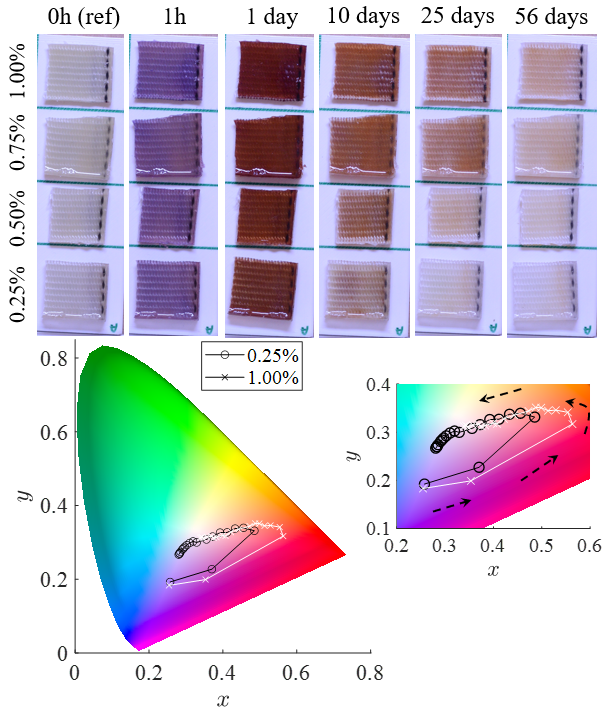
Development of multifunctional materials
Webbing structures are extensively employed in engineering systems as load-bearing components. They are frequently subjected to extended ultra-violet (UV) light irradiation, causing a degradation of their integrity and mechanical strength. We propose a multifunctional nylon webbing that demonstrates color variation in response to extended UV exposure and applied strain. We develop physics-based mathematical models to interpret experimental observations and inform noninvasive structural monitoring of the webbings’ integrity.

Understanding the aerodynamics of plants
Understanding the dynamic response of trees to a strong wind is crucial to alleviating the damages and losses of tree forests caused by windstorms. In this project, we employ geometrically accurate, physics-based model to capture the large deformation of trees induced by a strong wind. The proposed theoretical framework could inform the development of novel forest management strategies to mitigate wind-induced economic and environmental losses.
Completed projects
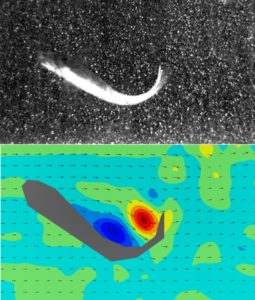
Hydrodynamics of fish swimming
We combined direct experimental visualization and theoretical modeling to investigate the fluid-structure interactions associated with fish swimming. The flow physics around the swimming fish was assessed via particle image velocimetry (PIV), which informed the development of reduced analytical models based on finite dipoles and vortex sheets to elucidate underlying mechanisms of rheotaxis and fish schooling.

Impulsive loading of naval structures
We established an experimental framework based on digital image correlation and particle image velocimetry, to simultaneously capture the flow field and the structural response associated with fluid-structure interactions. The technique has been employed to study impulsive loading of naval structures resting on a water-air interface. The combined, full-field quantification of these fluid-structure interaction phenomena are critical to the design of naval and aerospace structures.
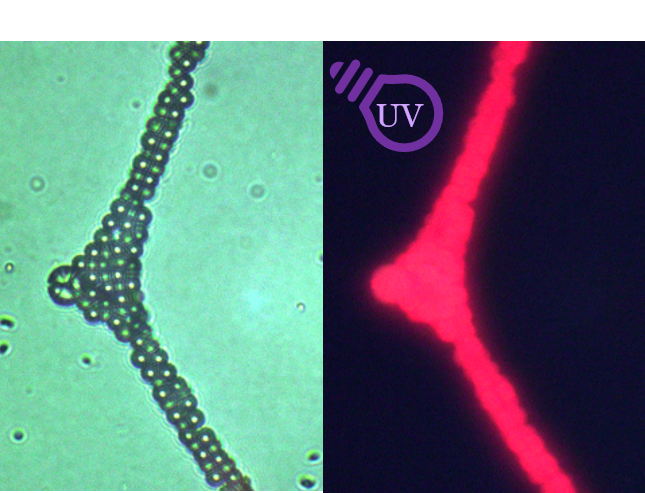
Development of novel sensors
We have pursued fundamental research in
the fabrication of novel flow tracer particles that can afford simultaneous flow velocity and pressure measurement of a fluid flow. Pressure sensitivity is realized through embedding a pressure-sensitive dye in the particles. This new fluid visualization technique may help advance our understanding of complex fluid-structure interaction phenomena that are still not fully explained.
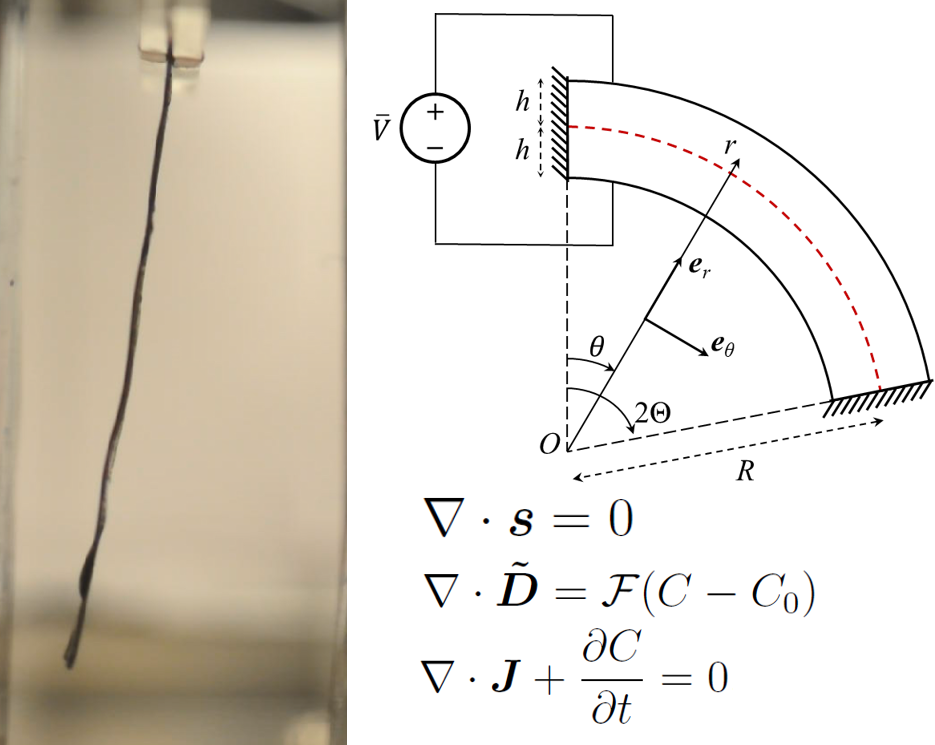
Modeling of smart active materials
We established physically-based models that could inform 3D printing of ionic polymer metal composites (IPMCs), a class of active materials that can function as soft actuators in medical and industrial applications. Our analytical framework are based on a thermodynamically consistent continuum model that describes the coupled electrochemo-mechanical phenomena taking place within the IPMC. The model has been employed to investigate the effect of curvature on the deformation, and the reaction forces exerted by the clamps. This analytical framework has offered new insights into responses of curved IPMCs and feasible approaches to enhance IPMC actuation.
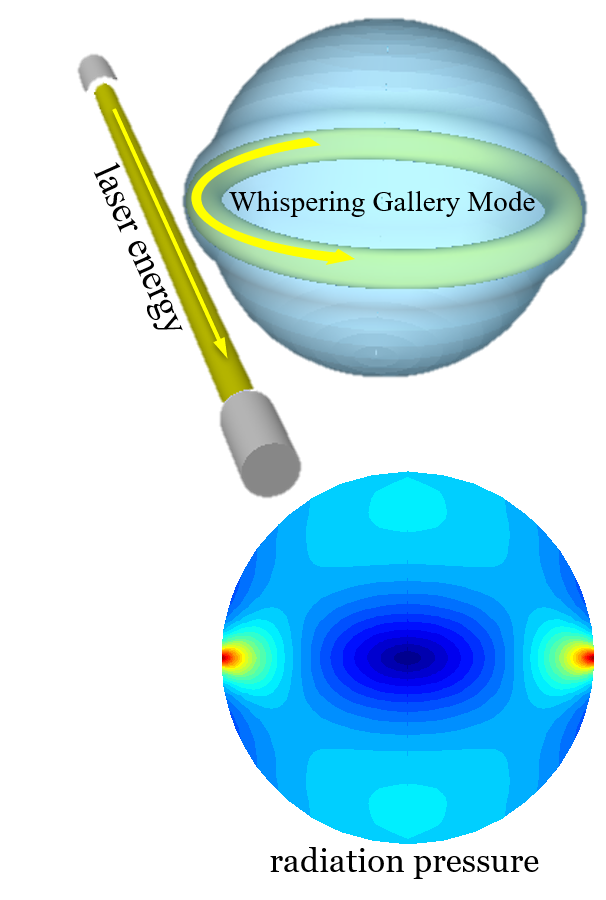
Nonlinear interaction between optical fields and fluids
Focused, high-power laser beams passing through a fluid-fluid interface can produce a radiation pressure on the interface, thereby deforming its shape. Our research focused on how a liquid microdroplet could function as a high a quality (Q) factor whispering gallery mode (WGM) resonator to preserve laser energy. Liquid WGM resonators could advance various optical functionalities, including lasing, sensing, and the development of tunable photonic devices. Through a series of publications, we established a combined theoretical and numerical framework that could quantify the nonlinear interplay between the optical forces and the flow physics. Our results demonstrated the feasibility of developing nonlinear optic devices that operate effectively at the single photon energy level.
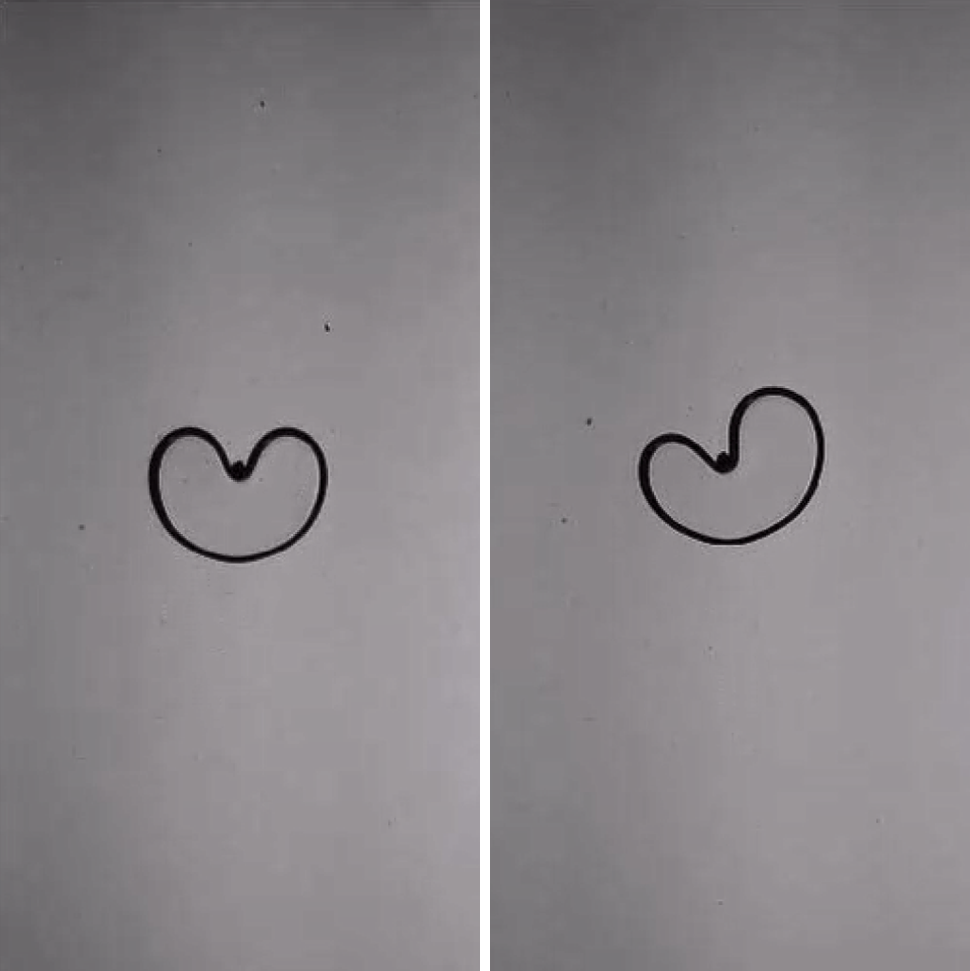
Interaction between air bubbles and solid particles
Understanding the hydrodynamic interactions between air bubbles and particles could enhance the efficiency of multiphase separation and reaction processes. We explored the fundamental mechanisms of such complex phenomena by experimentally investigating the interplay between an air bubble and a solid particle inside a Hele-Shaw cell. A theoretical model based on the Darcy’s law was established to shed light on the subtle forces at play during the particle-bubble interactions. Our work could provide insight into the collision, attachment, and detachment between particles and bubbles in a suspension, thereby paving the way for innovative techniques in mineral recovery and processing.